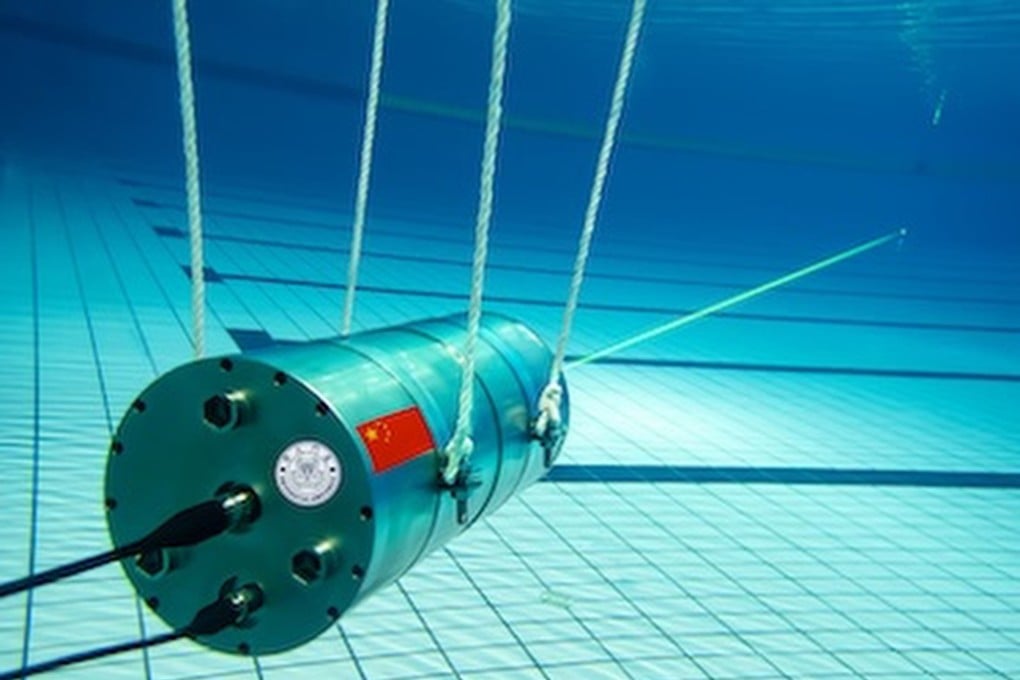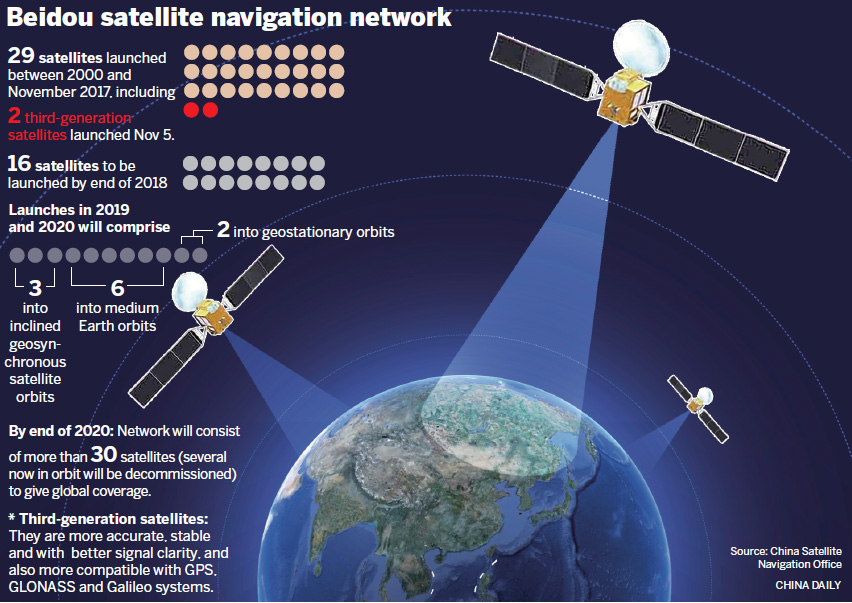“Catch Needle In The Sea,” Track Stealth Jets In Sky: China Claims Big Advancement In Cutting Edge Radars

The Chinese research community is making huge strides in developing devices that can detect tiny objects deep inside the sea and track stealth fighters.
In the latest development, a team of Chinese researchers won the best paper prize in October from the international journal ‘Applied Optics’ for conducting a deep-dive study to detect objects deep inside the sea.
The study, which stood out among 1,278 submissions to the journal, focused on a radar device that can identify objects at tremendous depths—a process that has been compared to “fishing for a needle in the sea,” as claimed by the South China Morning Post.
Under the direction of associate professor Shangguan Mingjia of Xiamen University, the researchers unveiled the world’s first single-photon Raman lidar system in their 2023 paper. The team claimed that this system can operate at a depth of 1,000 meters, or roughly 3,280 feet, below sea level.
Lidar sensors, short for “light detection and ranging,” is a remote sensing technique that uses lasers to measure the distance to objects. The paper states that the extremely sensitive, low-noise single-photon detector overcomes the major limitations of oceanic lidar systems regarding size and power consumption. The team claims that this new Raman lidar system is particularly appropriate for low-light circumstances.
The report also states that Raman scattering, which is the phenomenon of laser light interacting with materials to cause vibrational changes, can be used to identify compounds like dissolved CO2 and oil. This would likely help in the early detection of oil spill accidents.
Additionally, with uses in ocean surveys and deep-sea resource development, the system exhibits enormous promise for recognizing and detecting materials in complicated aquatic ecosystems.

According to the study, the team’s practical demonstrations were based on a cylindrical radar that was 40 cm (15.7 inches) long, 20 cm in diameter, and used less than 100 watts of electricity. The radar only needed a 1-microjoule laser pulse and a 22.4mm telescope to detect undersea oil spills at a distance of 12 meters, or roughly 39.4 feet.
The US professional association Optica published a special study on the radar system, observing that it could be deployed at depths of up to 1,000 meters and was characterized by miniaturization and high integration. The Optica paper stated that the technology has great promise for use in coral detection, manganese nodule exploration, and underwater material identification.
AfriPrime App link: FREE to download...
https://www.amazon.com/Africircle-AfriPrime/dp/B0D2M3F2JT
An official report from Xiamen University said, “Such radar systems have already been integrated into Xiamen University’s Jia Geng research vessel, AUVs and drones, playing a key role in marine surveys, deep-sea resource exploration, environmental monitoring, and underwater target imaging and recognition.”
More importantly, though, the technology may find application in military domains like submarine detection and reconnaissance since it offers the possibility of high-resolution laser imaging of small underwater targets. This could prove to be crucial for China, especially amid increasing US submarine activity in the Asia-Pacific.
Chinese scientists have increased their efforts to develop sophisticated devices that could easily detect the latest submarines underwater. For instance, a team of Chinese scientists earlier developed a terahertz-based submarine detection device that detects tiny vibrations or ripples on the water surface caused by a submarine under the ocean.
In addition to detecting objects at great sea depths, Chinese researchers have also developed radars allowing the country’s military to detect the US stealth fighter jet F-22 Raptor.
Chinese Radar That Can “Detect” The Raptor?
According to reports published in October, Chinese researchers have created a new radar technology to track and identify the F-22 Raptor, one of the world’s most sophisticated stealth fighter jets flown by the US Air Force.
Chinese media reported that this innovation reportedly leverages signals from China’s BeiDou navigation satellite system. The novel radar technique, which just requires a basic receiving antenna, is characterized as an affordable solution that could facilitate its deployment at several places. Moreover, this technology does not transmit signals as conventional radars do, which greatly lowers the possibility of revealing its location—a crucial advantage during military operations.
This breakthrough was detailed in a peer-reviewed paper published in the Journal of the National University of Defense Technology. To illustrate the radar’s capabilities, the research team employed a hypothetical F-22 Raptor as a target.

The radar uses BeiDou signals to identify refraction patterns that stealth planes create. Scientists can determine the type and position of the aircraft by analyzing the distinctive echoes produced by these patterns. China’s global navigation satellite system, BeiDou, has robust worldwide coverage with almost twice as many satellites as the United States’ GPS.
According to the researchers, this system’s signals are stable, continuous, and precise, which makes it appropriate for illuminating small or challenging-to-detect objects. The ability to identify stealth aircraft designed to minimize radar signatures is particularly helpful.
However, the scientists also acknowledged the challenges in using these signals for detection. The signals refracted by stealth aircraft are frequently feeble by the time they hit the ground, and reflections from trees, buildings, and other surrounding objects can cause interference. Earlier passive radar systems needed sophisticated dual-channel reception arrangements with a reference antenna aimed directly at a satellite to handle these issues. Due to this, the radar systems became more complicated and expensive.

On the other hand, the Chinese team’s new radar design uses a single receiving antenna and incorporates a revolutionary “blind detection” technique.
This greatly lowers hardware costs and computing demands by eliminating the necessity for a reference signal. The system’s streamlined structure increases its dependability in a wartime situation, making it simpler to deploy and more resilient to hostile jamming.
If these claims are anything to go by, the emergence of this new radar technology could significantly impact the effectiveness of stealth fighters. The F-22, well-known for its ability to avoid enemy radar, mostly depends on its stealth characteristics to engage targets in the air and on the ground. According to performance parameters projected by Chinese researchers, the new radar system may potentially be used to detect other stealth aircraft, such as the F-35.
If these innovations are adopted for military use, the Chinese might soon wield devices that can detect objects anywhere, from the depths of the sea to skies dominated by hostile fighter jets.
AfriPrime App link: FREE to download...
- Questions and Answers
- Opinion
- Motivational and Inspiring Story
- Technology
- Live and Let live
- Focus
- Geopolitics
- Military-Arms/Equipment
- Seguridad
- Economy
- Beasts of Nations
- Machine Tools-The “Mother Industry”
- Art
- Causes
- Crafts
- Dance
- Drinks
- Film/Movie
- Fitness
- Food
- Juegos
- Gardening
- Health
- Home
- Literature
- Music
- Networking
- Other
- Party
- Religion
- Shopping
- Sports
- Theater
- Health and Wellness
- News
- Culture

